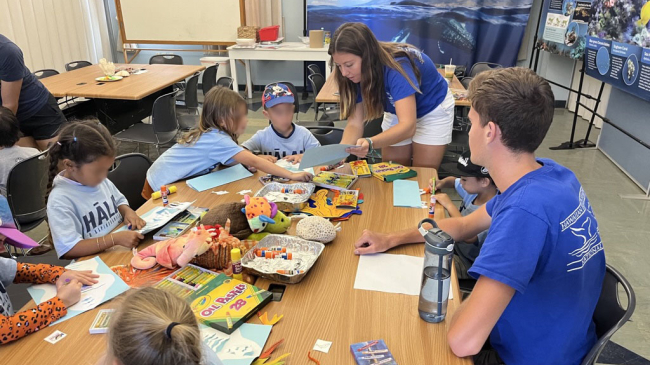Hi! My name is Jonah Pereyra, and I am a scholar in the Ernest F. Hollings Scholarship class of 2022. This past summer, I had the pleasure of interning at Rookery Bay National Estuarine Research Reserve (Rookery Bay NERR) in Naples, Florida.
Jonah Pereyra, a 2022 Hollings scholar, posing with a soil core with his mentor Marissa Figueroa and volunteer Mike Telles among the mangroves in Rookery Bay NERR. (Image credit: Courtesy of Jonah Pereyra)
My research
At Rookery Bay, I worked as an intern with the Coastal Training Program offsite link and conducted research into the amount of carbon dioxide taken from the atmosphere and stored by mangrove forests in Rookery Bay. Specifically, I had two questions:
- Do mangrove die-offs impact the amount of carbon stored in the roots and soils of mangrove forests?
- How do restoration efforts impact carbon stored in dying mangrove forests?
To answer these questions, I worked with researchers at the reserve to collect soil cores within a die-off. I then brought these soil cores back to the lab, where I isolated and weighed the mangrove roots. By using the dry weight of the roots, I was able to get an analog for the amount of carbon stored in the roots of a dying mangrove forest. I also collected measurements of the canopy cover at each of my sites, allowing me to see whether or not the amount of vegetation cover correlated with the amount of carbon stored in the soil.
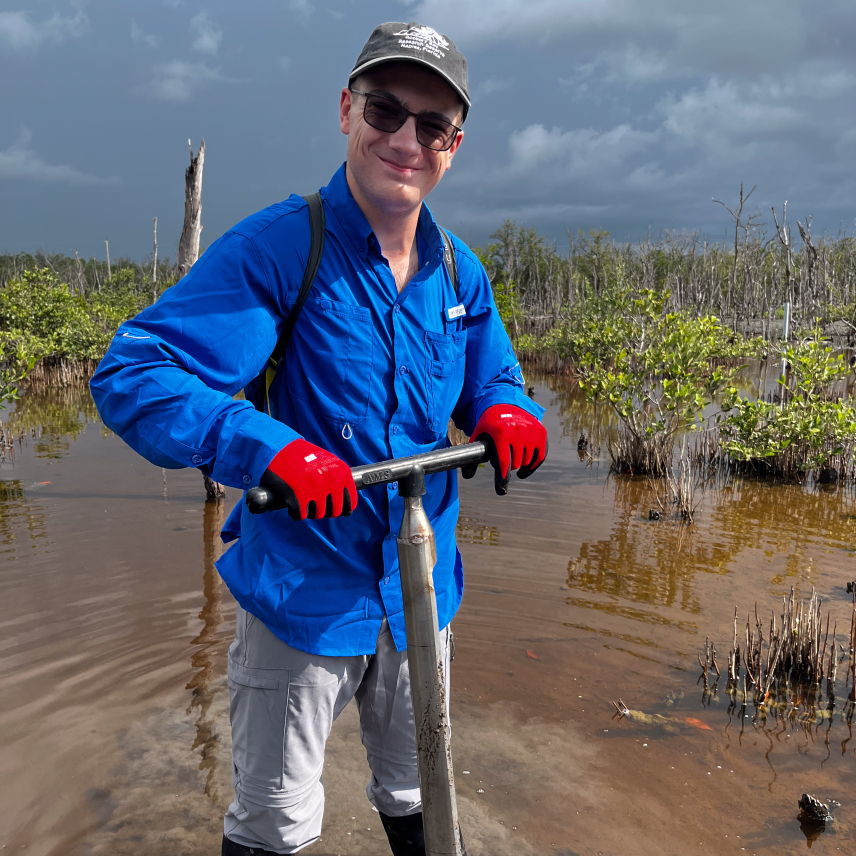
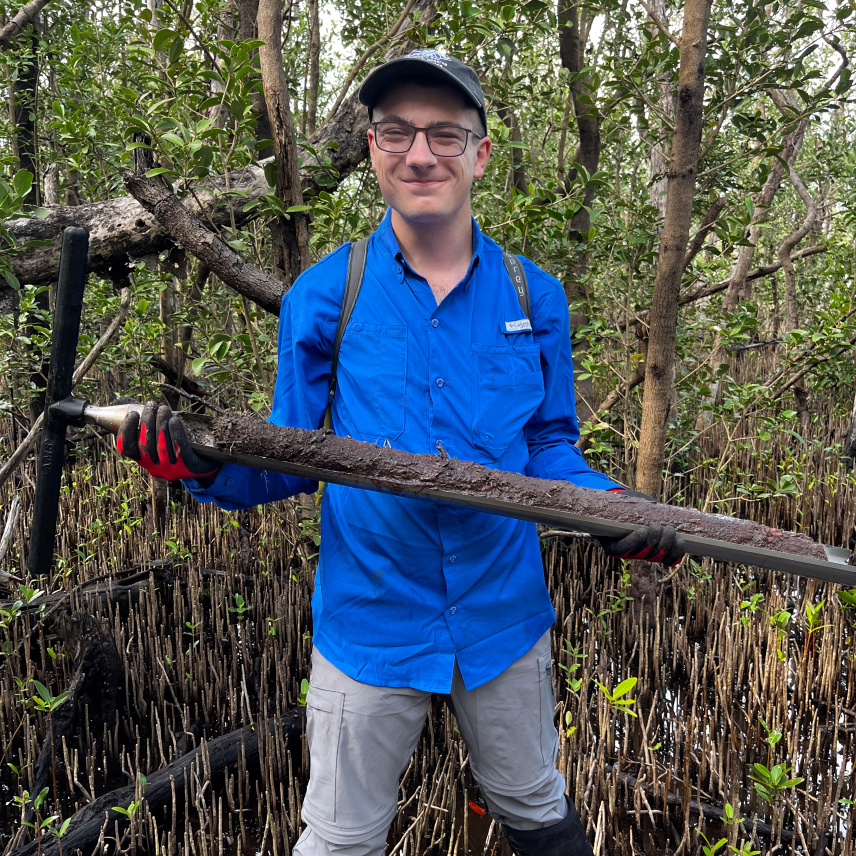
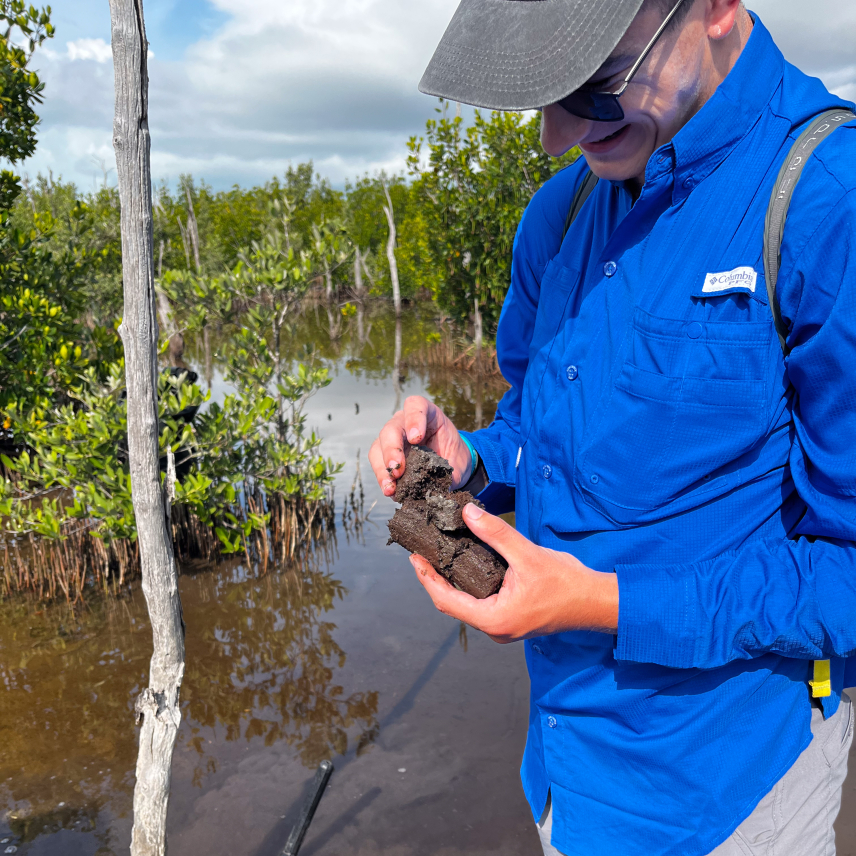
Sharing my findings with stakeholders
As the Coastal Training Program intern, I also got to speak with stakeholders in the counties surrounding Rookery Bay and learn how my research could best benefit and serve their needs. The role of the Coastal Training Program at every NERR is to put research and science in the hands of policymakers and ecosystem managers in the region to help them make informed decisions about the threats and concerns facing their estuaries and marine environments.
I was able to build my skills as a researcher, explore my love of the ocean and its wildlife, and grow my skills as a communicator and science educator...
Collaborating on other ongoing research at Rookery Bay
My internship wasn’t all walking through the swamps though. While at Rookery Bay, I was able to dip my toes into a range of different projects. These projects gave me some incredible experiences and up close interactions with marine wildlife. I got to hold my first shark while helping with shark research within the estuary and I was able to see a baby sea turtle make its way to the ocean while assisting with sea turtle nesting research.
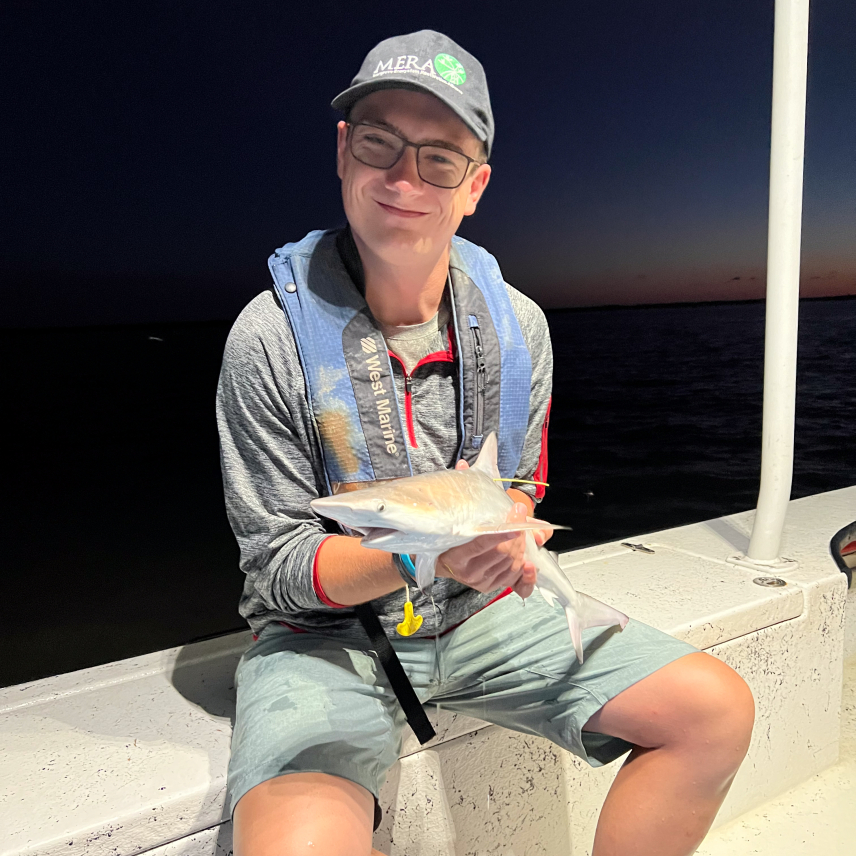
With this internship and the NOAA Hollings Program, I was able to build my skills as a researcher, explore my love of the ocean and its wildlife, and grow my skills as a communicator and science educator, which I hope to take with me throughout my career.
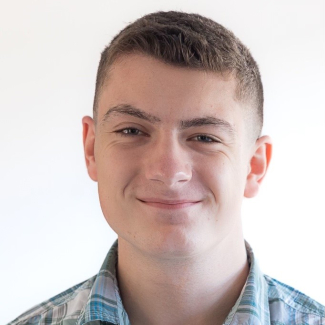
Jonah is a 2022 Hollings scholar and rising senior at the University of Maryland studying environmental science and policy (concentration in marine and coastal management) and a dual degree in atmospheric and oceanic sciences.


